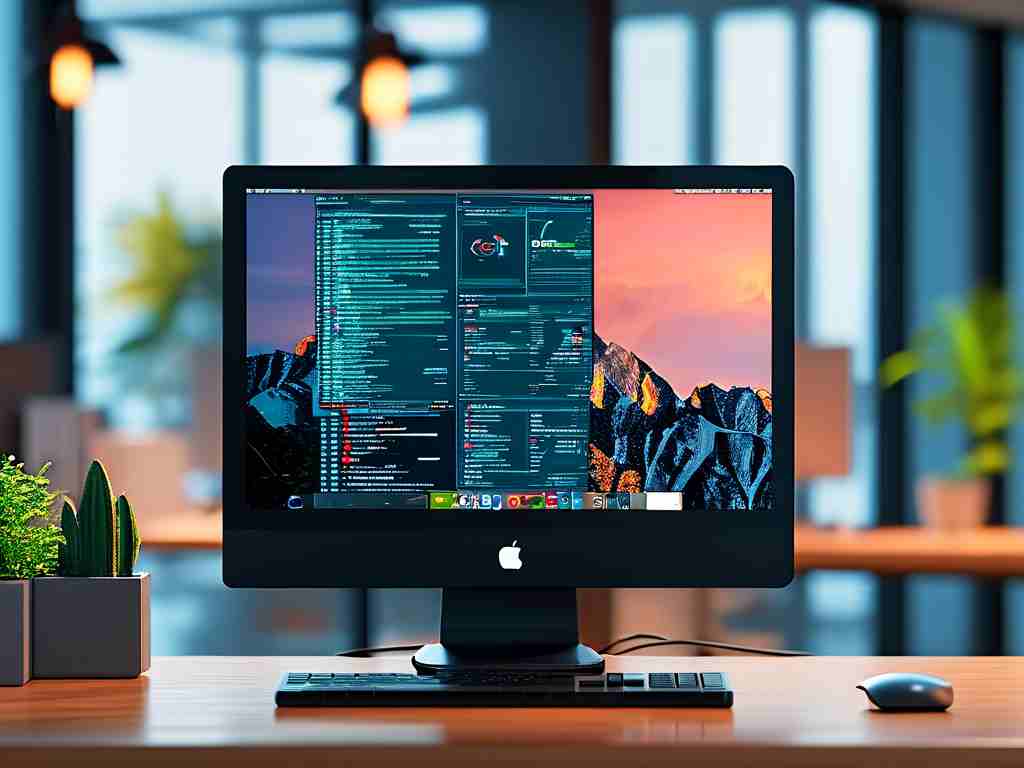Modern computing relies heavily on an operating system's (OS) ability to manage memory efficiently. The process of calculating and allocating memory size is a cornerstone of system performance, impacting everything from application responsiveness to multitasking capabilities. This article explores how operating systems determine memory requirements, allocate resources, and optimize usage across diverse computing environments.
1. Fundamentals of Memory Calculation
At its core, an operating system calculates memory size based on two factors: physical memory (RAM) and virtual memory. Physical memory refers to the actual hardware components installed in a device, while virtual memory is a simulated extension using disk storage. The OS constantly monitors both to balance performance and resource availability.

-
Physical Memory Allocation:
When a program launches, the OS reserves a portion of RAM for its operations. This is calculated using metrics like the application’s executable size, data structures, and runtime requirements. For example, a video-editing software may request 8 GB of RAM upfront, while a background service might use only 50 MB. -
Virtual Memory Management:
If physical memory runs low, the OS employs a paging file (Windows) or swap space (Unix-based systems) to offload less-active data to disk. The total addressable memory becomes the sum of RAM and swap space. A 64-bit system, for instance, can theoretically address up to 16 exabytes of memory, though practical limits are much lower.
2. Dynamic Memory Allocation Strategies
Operating systems use algorithms to optimize memory usage dynamically:
-
First-Fit, Best-Fit, and Worst-Fit:
These algorithms determine how free memory blocks are assigned to processes. For instance, the "best-fit" method selects the smallest available block that meets a process’s needs, minimizing fragmentation. -
Garbage Collection and Defragmentation:
Systems like Linux’skswapddaemon or Windows’ Memory Manager automatically reclaim unused memory and consolidate fragmented blocks to maintain efficiency.
3. Role of Address Space and Bit Architecture
A system’s bit architecture (32-bit vs. 64-bit) dictates its maximum addressable memory. A 32-bit OS can only access ~4 GB of RAM due to its 2³² address limit, whereas 64-bit systems support terabytes of memory. Modern operating systems like Windows 11 or macOS Sonoma leverage 64-bit architecture to handle memory-intensive tasks like AI modeling or 4K video rendering.
4. Memory Calculation in Multi-User Environments
In servers or cloud platforms, OSes must partition memory across multiple users or virtual machines (VMs). Tools like Kernel-based Virtual Machine (KVM) or Hyper-V use balloon drivers to dynamically adjust VM memory allocations based on real-time demand. Overcommitment—allocating more virtual memory than physically available—is a common but risky optimization tactic.

5. Diagnostic Tools and Metrics
Operating systems provide utilities to monitor memory usage:
- Windows: Task Manager’s "Performance" tab displays RAM usage, commit charge, and cached data.
- Linux: Commands like
free -hortopshow memory statistics, including buffers and swap usage. - macOS: Activity Monitor visualizes "Memory Pressure" to indicate whether the system is struggling.
6. Challenges and Innovations
Memory management faces challenges like memory leaks (unreleased resources) or thrashing (excessive paging). Modern OSes address these through:
- Memory Compression: macOS compresses inactive data instead of swapping, reducing disk I/O.
- Transparent Huge Pages (THP): Linux uses larger memory pages (2 MB vs. 4 KB) to improve efficiency for large datasets.
7. Future Trends
Emerging technologies like non-volatile RAM (NVRAM) and persistent memory (e.g., Intel Optane) blur the line between storage and memory. Operating systems will need new algorithms to manage these hybrid architectures effectively.
Calculating and managing memory size is a dynamic, multi-layered process critical to system stability. From basic allocation strategies to cutting-edge compression techniques, operating systems continually evolve to meet the demands of modern computing. As hardware advances, so too will the OS’s role in memory optimization—ensuring that even the most resource-hungry applications run smoothly.









